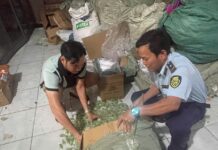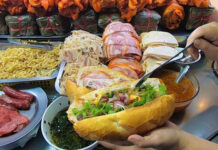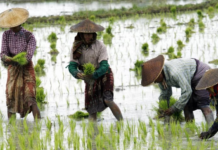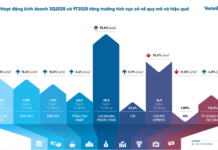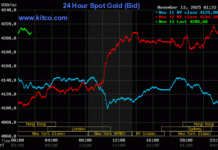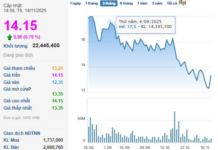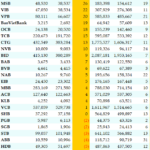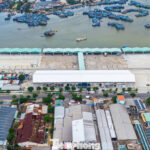On November 13th, domestic pork prices continued to decline, reaching a low of VND 46,000 per kg. Only two provinces, Dong Nai and Ca Mau, maintained higher prices at VND 50,000 per kg. At Hoc Mon wholesale market, Ho Chi Minh City’s largest pork consumer, pork pieces dropped to VND 56,000–60,000 per kg, depending on the type. Each night, the market receives 5,300 pigs, a significant increase compared to previous months.
Increased Pressure from Imported Pork
Earlier in 2025, pork prices surged to a peak of VND 68,000–70,000 per kg, with some areas reaching VND 72,000–75,000 per kg. However, the outbreak of African swine fever in several regions negatively impacted the market.
Major companies like C.P. Vietnam and CJ Vietnam confirmed stable supplies from large-scale farms, thanks to disease prevention measures and planned herd expansions of about 10% annually. Some businesses even tripled their herds to meet market demand, despite falling prices.
Since October, continuous rainfall and storms have further driven down pork prices. According to the Dong Nai Livestock Association, small-scale farmers are losing approximately VND 5,000 per kg at current prices of VND 46,000–51,000 per kg. Nguyen Kim Doan, Vice Chairman of the Dong Nai Livestock Association, noted that imported pork volumes have doubled compared to last year, with prices lower than domestic pork, making it harder for local prices to recover.
Many livestock companies predict pork prices will struggle to rebound due to abundant supply and a 15% drop in market demand since mid-year, leading to significant inventory increases. Le Xuan Huy, Deputy General Director of C.P. Vietnam, stated that large-scale farms continue to dominate the market, making price increases unlikely.
Currently, pork supply is primarily ensured by major companies such as C.P. Vietnam, Japfa, Emivest, CJ, and emerging players like Dabaco, GreenFeed, BAF Vietnam, Hoa Phat, and Hoang Anh Gia Lai. The Department of Livestock and Animal Health estimates national meat production in 2025 at 8.5 million tons, with pork accounting for 5.5 million tons, sufficient to meet a 15–20% increase in demand during the year-end period. In December alone, the country will require approximately 500,000 tons of pork.
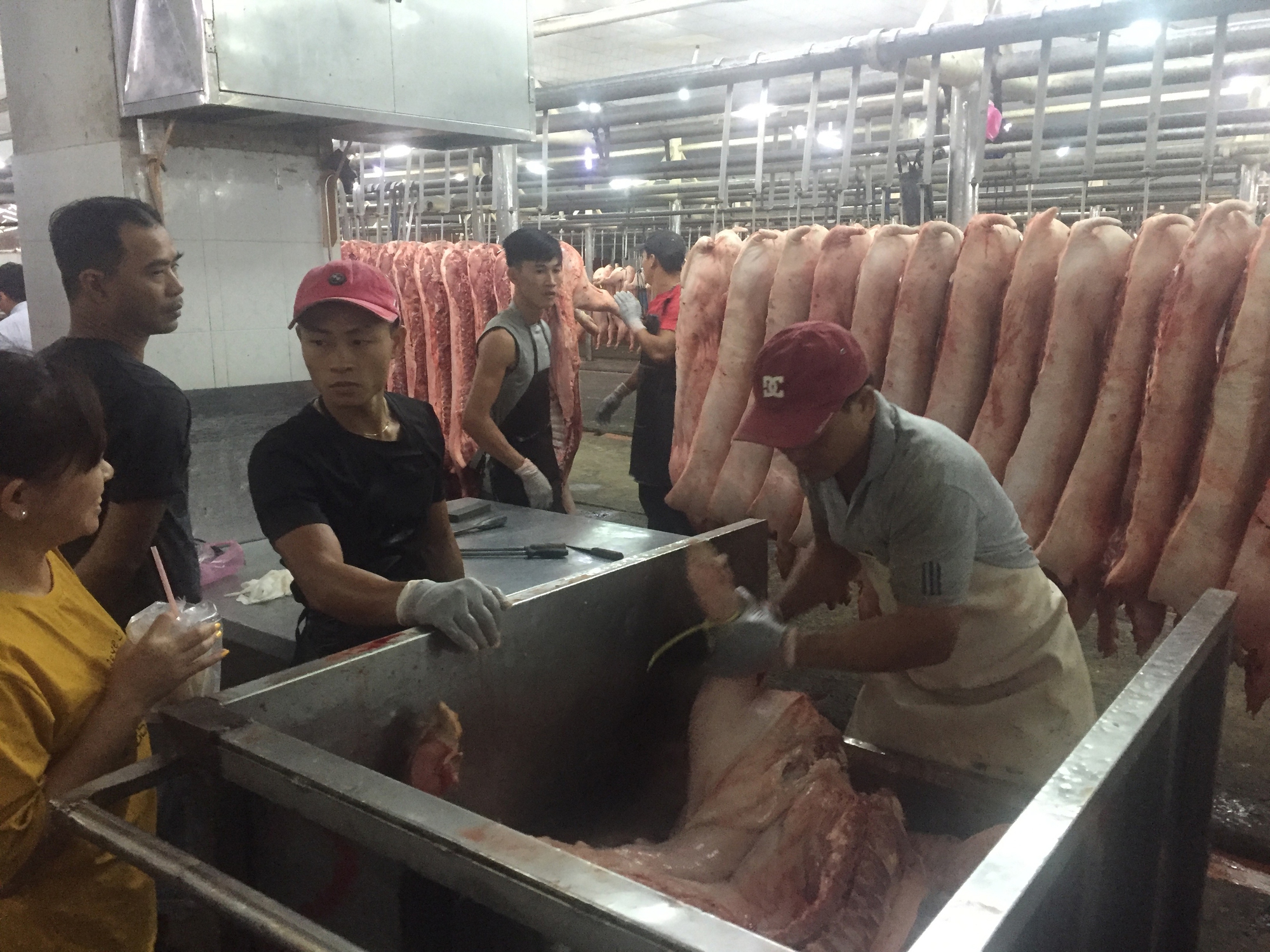
Pork prices at Ho Chi Minh City’s wholesale markets remain low.
No Shortage Expected
Nguyen Tri Cong, Chairman of the Dong Nai Livestock Association, reported that the local pig population currently stands at 4.5 million, higher than actual demand.
Businesses and farmers in Dong Nai have prepared restocking plans for the Tet holiday. Imported supplies are also readily available. If domestic prices rise, imported pork volumes will increase. In Q3, Vietnam imported 75,200 tons of frozen pork, up 115% from Q2 and 158% year-on-year.
Weak consumer demand has led to inventory build-up, with pigs reaching weights of 120 kg per head, up from 100 kg. This 20% increase in meat production helps stabilize the market and reduce shortage risks.
For the upcoming Christmas and Lunar New Year, businesses expect pork prices to recover slightly but not surge. “Once the rainy season ends, prices may stabilize as we approach year-end,” one company observed.
Nguyen Tri Cong predicts Tet prices could reach VND 60,000 per kg, allowing farmers to profit. However, he warns that African swine fever remains a threat to farms not adhering to biosecurity measures, emphasizing the need for strict reporting and prevention.
Traders attribute the difficulty in raising pork prices at wholesale markets to weak consumer demand and tightened spending. Pork sales have not significantly improved despite increasing supply.
Massive Discounts on Xiaomi Smartphones, Home Appliances, and IoT Devices – Up to 14 Million VND Off
Xiaomi is thrilled to announce its “11.11 Mega Sale,” offering a massive 20% discount across a wide range of products within its ecosystem. Don’t miss this limited-time opportunity to upgrade your tech collection with Xiaomi’s innovative and high-quality devices at unbeatable prices. Shop now and experience the future of technology!
Is CASA Ratio Declining? Unraveling the Shifts in Cash Flow Trends
The decline in the CASA ratio remains moderate, showing no abrupt or alarming liquidity concerns within the economy. This shift likely reflects a temporary adjustment in cash flow, responding to prevailing interest rate conditions and investment opportunities. Further analysis of Q4 data is essential to determine if this trend will persist.
Prof. Dr. Vu Minh Khuong: If Hanoi and Ho Chi Minh City Develop Subway Systems Like China, They Will Achieve Robust Growth in Just 10-15 Years
Vietnam stands at the precipice of transformative growth, poised to surge ahead by strategically focusing on three critical pillars: robust institutional frameworks, cutting-edge urban infrastructure, and a highly skilled workforce. This vision, articulated by Prof. Dr. Vu Minh Khuong, underscores the nation’s potential to leapfrog developmental barriers and emerge as a regional powerhouse.
Revamped Look of Da Nang’s $107 Million Fisheries Hub Unveiled
After over a year of extensive upgrades and expansion, Thọ Quang Fishing Port, Đà Nẵng’s largest fisheries hub, has emerged with a fresh, modern, and cohesive appearance.


